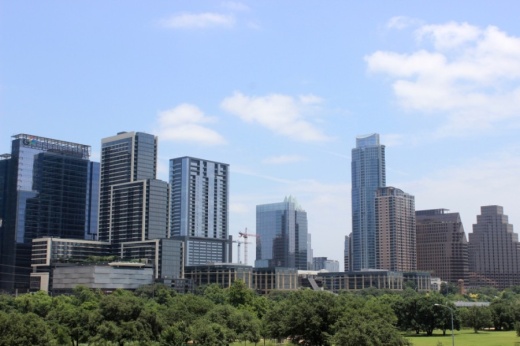Three elements will determine the new look of the districts, to be finalized by November 2021 and effective by the November 2022 election: 2020 census data, the analysis and strategy of a 14-member volunteer commission, and a comprehensive community engagement process. The data will arrive by the end of March; the volunteer commission will be selected by the close of February; and community meetings will unfold between March and November.
The city charter regulates the drawing of City Council districts. They should each have nearly equal population; district boundaries must touch one another; boundaries should avoid dividing established neighborhoods or communities; and they should be as compact as possible.
However, government officials and residents say the ultimate goal is to provide equitable opportunity for the city’s various ethnic and racial groups to participate in local government. Overseeing the process, City Auditor Corrie Stokes said geographic representation might be the name of the system but demographic representation is the priority.
“One of the reasons to do district-based government is to make sure your communities that have historically been minority communities are represented on City Council,” Stokes said. “The community has to be very involved with the drawing process.” For decades, the at-large system that decided City Council seats by citywide popular vote was dominated by ethnically monotonous Central and West Austin interests, as evidenced by voter turnout statistics and the polarizing “gentleman’s agreement,” which reserved two City Council seats for minority representation. The switch to by-district representation aimed to diversify the voices heard on the City Council dais.
Maria Solis was selected to the original 14-member commission tasked with drawing the boundaries from scratch in 2013. She said the work was at times overwhelming and drew pushback from community members on early district designs. Solis said representation was the priority, reflected in the numbering of the districts. The commission began by forming a district with a substantial Black population—today’s District 1, with Hispanic blocks as the next priority—Districts 2, 3 and 4.
“You want the City Council representative to be representative of the demographics of the district,” Solis said.Chris Harris, a local social justice advocate from District 1, said without carefully drawn districts, “we wouldn’t get people of color” on City Council.
Austin is estimated to have added more than 210,000 residents since the 2010 census, according to city estimates. According to the most recent report from the city demographer in 2016, the city’s urban core has gotten whiter; the percentage of Black Austinites has dropped; the portion of Hispanic residents has continued to grow; and the Asian population has “skyrocketed” and is expected to soon surpass the Black population.
Although it is difficult to predict how the districts could change, Stokes said change is expected. Those voted in for four-year City Council terms this November will see their district change mid-term.
The four incumbent candidates running for re-election this year each live close to the boundaries their districts share with others. District 4’s Greg Casar is about one-third of a mile from the boundary shared with District 7; District 6’s Jimmy Flannigan is less than a half mile from the boundary shared with District 10; District 7’s Leslie Pool and District 10’s Alison Alter live across the street from one another’s districts. If the process draws them out of their districts, they will still be able to serve out their term; however, they would be ineligible to run for re-election in the same district. In the specific case of these four candidates, they are each running for a second four-year term. To surpass the two four-year term limit and run for a third term, they would need to submit a petition.
Editor's note: This article has been updated to specify term limit rules.





